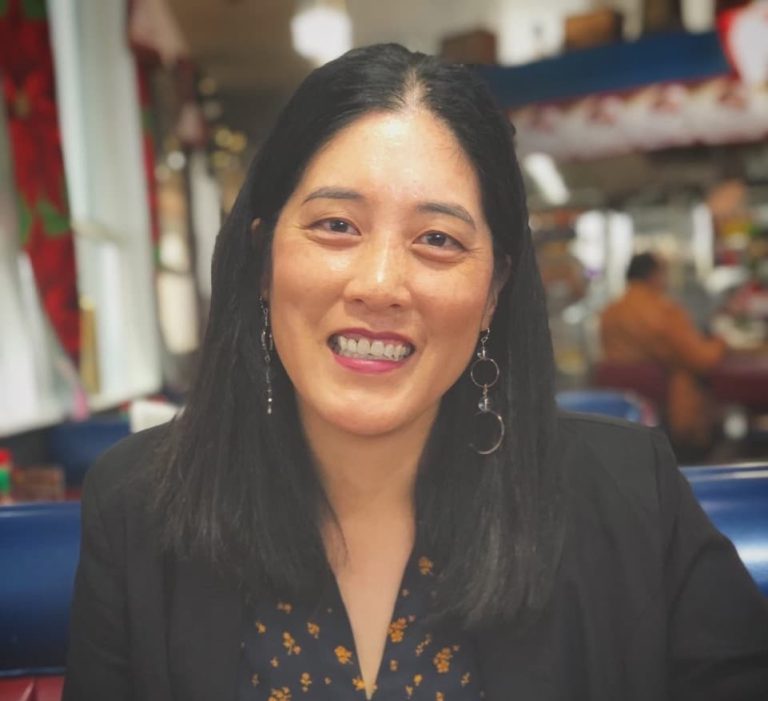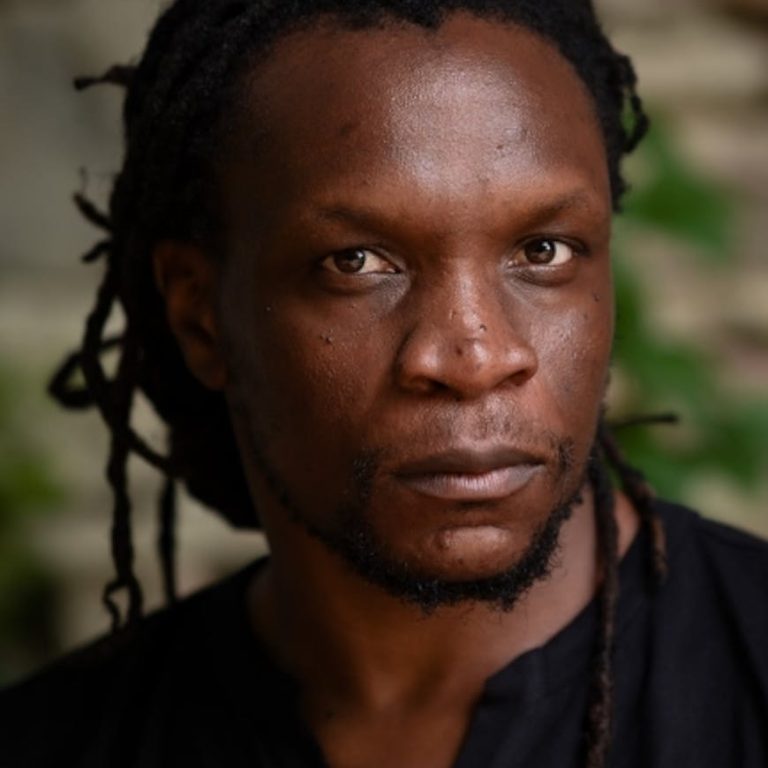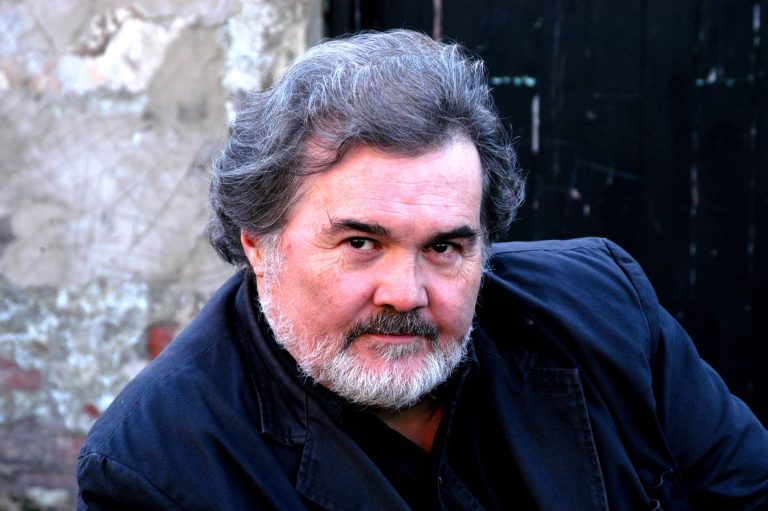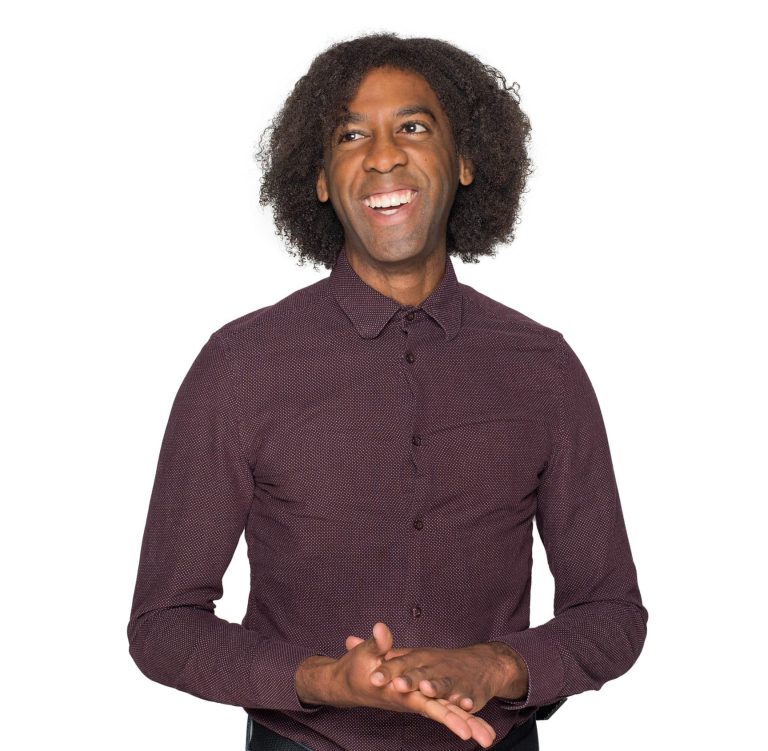As we observed when we examined the section “TIME PASSES TIME” from her book-length poem (or verse-novel), Red Doc>, Anne Carson gathers words and linguistic features in potent combinations that can have unexpected effects on readers. Let’s peer at another section and prepare to be surprised again.
The simple order in which words of…
As we observed when we examined the section “TIME PASSES TIME” from her book-length poem (or verse-novel), Red Doc>, Anne Carson gathers words and linguistic features in potent combinations that can have unexpected effects on readers. Let’s peer at another section and prepare to be surprised again.
The simple order in which words of apparent dialogue are spoken in this section leaves us off kilter but intrigued, right from the outset.
“I AM VERY he says tilting into the room and stops.”
Very … what? We’re already hanging on every word, “tilting” (isn’t that a charming way to describe someone’s entrance?) towards the page in anticipation.
When we finally learn that Sad is happy – a whimsical juxtaposition – but that happiness has a rather unusual caveat. From there, Carson paints a sensitive portrait of a troubled and seemingly very unhappy person.
There are plenty of sensory cues signalling that unhappiness. Sad’s voice is soft, his eyes are drifting, he is “straying about the room” and touching the chairs, perhaps aimlessly, but perhaps with strange purpose. It’s vaguely unsettling.
But then 4NO establishes connection with the wavering Sad, determinedly “gather[ing] his mind to a / point.” Not only is the wistful uncertainty brought to a clear halt, but it culminates in this sunny conclusion:
“Sad smiles and
then forgets not to. The
smile stays on his face.”
We are very … happy. But up to that last line, we weren’t sure. This is a lovely surprise, delicately orchestrated.



